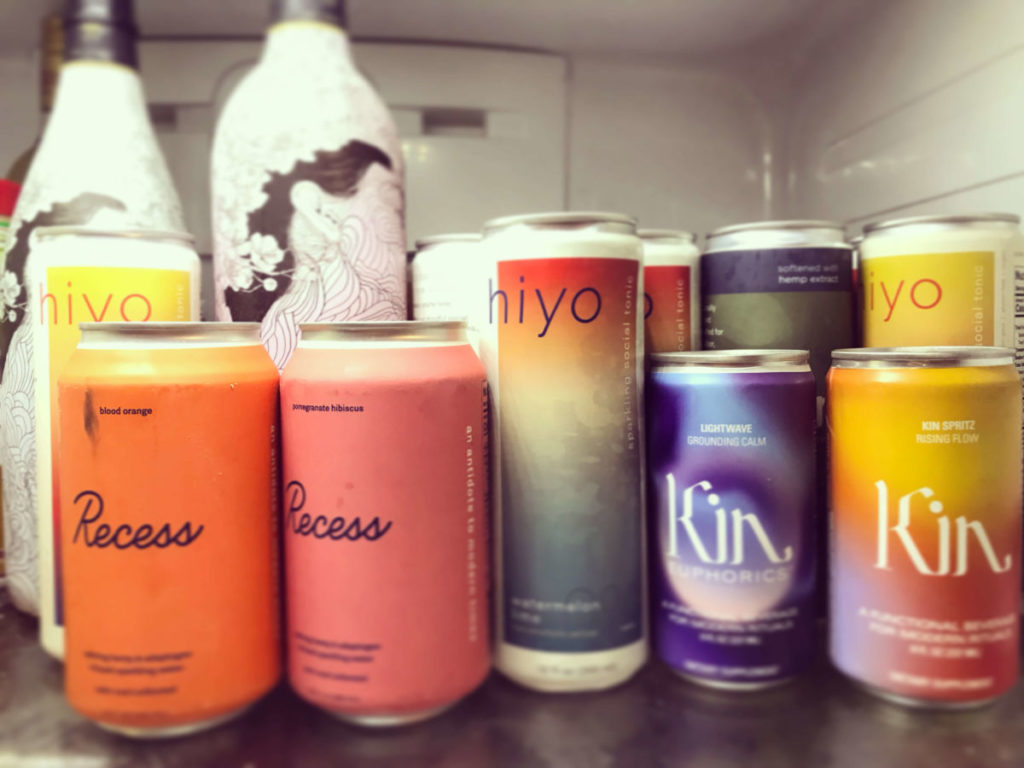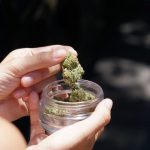
When I announce during a staff meeting that I will, once again, be participating in Dry January, I see expressions of concern flit across faces. (If nothing else, Zoom video calls make it hard to conceal emotions). It’s December 2021, and the omicron variant is stampeding through New York. Clearing her throat, my boss speaks up. “I don’t think now is a good time to give up booze,” she says.
And thus, my noble experiment begins.
For the second year in a row, I’ve willingly chosen to give up alcohol for the first month of the year, a phenomenon known in hashtag parlance as #DryJanuary. If the surveys are right, some 15 percent of Americans are now participating in the month-long sobriety challenge. The cynical journalist in me had assumed the movement – also popularized on Instagram as #SoberIsSexy or, less glamorously, #TryDry – was sneakily created by the non-alcoholic-drink industry. But it’s actually widely attributed to a UK charity called Alcohol Change (slogan: “Alcohol harms. Time for change”), which created it as a public health campaign in 2012.
That was, of course, before a soul-crushing global pandemic came along … making somewhat reasonable people like myself ask questions like: “Really, how much does alcohol actually harm, what with Covid-19 racing around the world?” But facts are facts, and apparently, over-consumption of alcohol still isn’t good for you. So as the calendar turned, I stared down the barrel of a wine-free January – the darkest, dreariest, most desolate month in the Northeast – and got my mocktails in a row for yet another #DryJanuary.
A Surfeit of Options
Thankfully, as I learned during last year’s experiment, there is a veritable explosion of booze-free beverages designed for the “sober curious.” The term, while slightly irritating, aptly applies to those who wish to go alcohol-free as a wellness or lifestyle choice, as opposed to those choosing sobriety as a result of alcoholism. Scroll through Instagram during #DryJanuary (or its younger cousin, #SoberOctober) and you’ll likely see sponsored posts from Seedlip, Kin Euphorics, Ghia, Curious Elixirs, Recess and a host of other Millennial-approved brands. The nonalcoholic beverage market, by some estimates, will hit $1.6 trillion in the next 5 years.
The change is welcome, especially for any of us who recall the only non-alcoholic choice being O’Douls, a faux-Irish lager launched in 1990 that more recently has tried to modernize its dusty image with hipster cans. While there are many “near beers” on the market today, the real innovation seems to be in fizzy, fruity alternatives that can be drunk alone or blended. Most promise all-natural ingredients, mysterious herbs called “adaptogens” (or even more baffling, “nootropics”) and of course, botanical extracts. The packaging is precise, beautiful and often Evergreen Fog. There is elderflower and scents of juniper.
Whether any actually mimic the “buzz” of alcohol is debatable, although most promise calming effects – Los Angeles-based company Hiyo, which offers a line of sparkling seltzers, even calls it the “float.” Some use CBD or hemp to provide the zen while others supplement low-sugar concoctions with things like reishi mushroom or ashwagandha for stress-busting purposes. That’s yet another (welcome) change from the early days of booze-free beverages, when alternatives merely took the place of beer or wine but didn’t claim to offer any health benefits.
Last year, I learned the hard way that some alternatives such as Kin Euphorics’ High Rhode include caffeine, which doubtlessly helps the product “open your mind and focus your light,” as its marketing material promises. Caffeine also keeps this reporter (and longtime insomniac) up at night, particularly if consumed in the evening, so I’ve now learned to scour labels for caffeine before purchasing.
There are a few trends clearly impacting the alternative beverage market. The biggest: Younger consumers, particularly Millennials and Gen Z, are drinking less than their older counterparts, possibly because they’re more health-conscious, but also because falling off your bar stool looks terrible on social media. The alcohol-free brands today seemed designed to appeal to young consumers who prefer sips of artisanal beverages rather than beer bongs of Coors Light.
“Health-seeking hedonists” is how Cygne Cooper, co-founder and creative director of Hiyo, describes the company’s customer base. It’s “people who want to have a good time but want to take care of their bodies,” she says, be it a month-long or life-long choice. The brand, which launched last year, is seeing an enthusiastic response from women in their 30s and 40s – older than college students, with more disposable income to afford $45 for a 12-pack, and health-conscious to boot. “We sort of joke in the office that we’re the cool mom brand,” she says.
Another trend shaping the industry, refreshingly, is the female perspective. While it’s difficult to find actual numbers, women founders seem to abound.
Jen Batchelor, who founded Kin Euphorics in 2018, last year brought aboard supermodel Bella Hadid as a co-founder. Katy Perry and Morgan McLachlan are behind De Soi, a line of non-alcoholic apéritifs. Melanie Masarin is the creator of Ghia, a booze-free brand beloved by influencers. In Austin, Texas, the trio of Lexie Larsen, Abbey Ferguson and Lauren Chitwood of Spiritless are making non-alcoholic bourbons. And in a post-legal-weed world, Cynthia Salarizadeh and Tracey Maso are the founders of House of Saka, which sells cannabis-infused de-alcoholized wine (which I tried and don’t particularly recommend – while there’s a mild buzz, the wine isn’t exactly Wine Spectator material.)
‘Naked Forest Bathing’
Another trend – and I now write this, three weeks into #DryJanuary – is profound hyperbole on the part of pretty much the entire alcohol-alternative industry. Brand after brand promises to refresh and rejuvenate while calming the spirit or lightening the soul or elevating one’s well-being. Some claim to awash the drinker in a “contagious energy” while others promise “a feeling you’ll never forget” or “all the highs of life without the booze.” Most over-the-top is Kin Euphorics, which boasts that its caffeine-free Lightwave offers “a portal to peace (think naked forest bathing at midnight).”
While I have not tried every booze-free brand, a basic conclusion is this: There’s only so much ginger extract or exotic bergamot or any combination of botanicals can accomplish. Is there a delightful numbing or temporary lightness of spirit or “bite” that real alcohol brings? Not really. Am I truly walking amongst the shimmering pines, bathed in moonlight? No. But there’s also not a hangover, an easy slip into impairment or a downward slope into drunkenness. So, score one for alcohol alternatives.
The popular brands that I’ve tried (including Kin, Hiyo, Jeng, Recess and Aurora Elixirs) also provide a level of satisfaction when it comes to “cracking a cold one.” After a work day, during the transition to evening, there is a rewarding “hiss” one gets when you open the fridge, remove a beautifully designed can of say, Hiyo Blackberry Lemon, and then pour it into a wine glass. For many of us #DryJanuary followers, consuming alcohol is often more ritual than anything else, so a “mindful social tonic” (i.e., fake booze) can be almost as relaxing as the real thing. Almost.
Will I continue #DryJanuary when January is over? No. At least not strictly. But I will keep an inventory on hand, if for no other reason than the sleek labels liven up the otherwise banal contents of my fridge. And as a sober-curious health-seeking hedonist, I do appreciate the innovative new entrants to a boozy marketplace that has relied on overconsumption for far too long. In a world where health is top-of-mind, the timing finally seems right for beverages that support well-being rather than diminish it. ◼
Editor’s Note: The author admits “cheating” on at least three evenings during January.
(Originally published January 25, 2022. )



